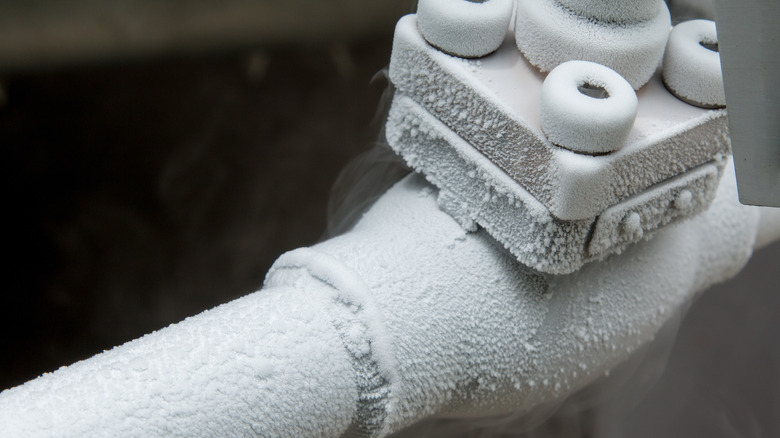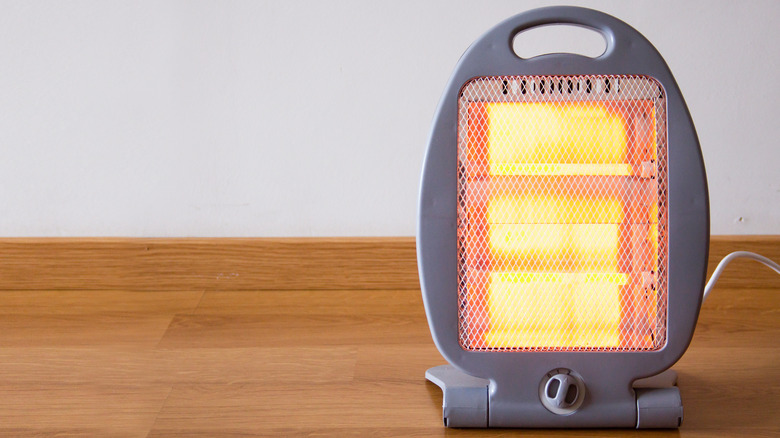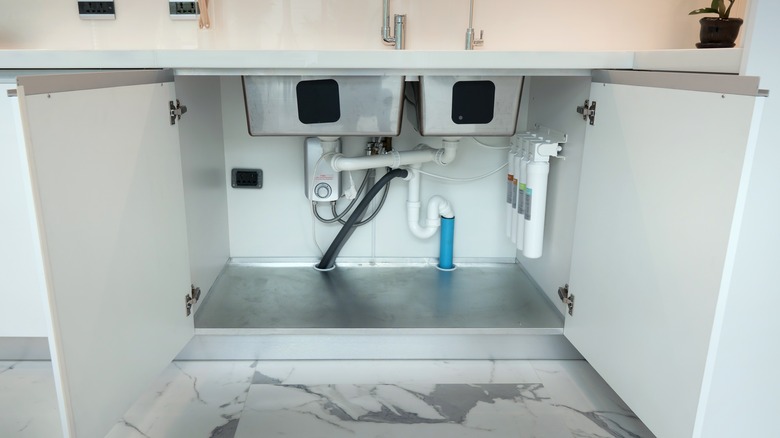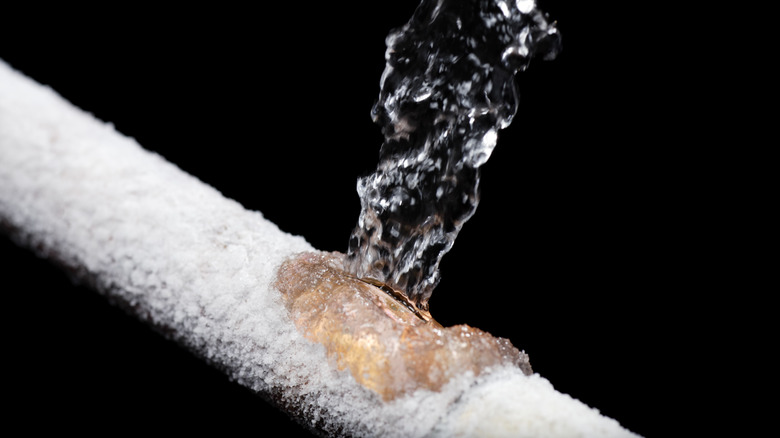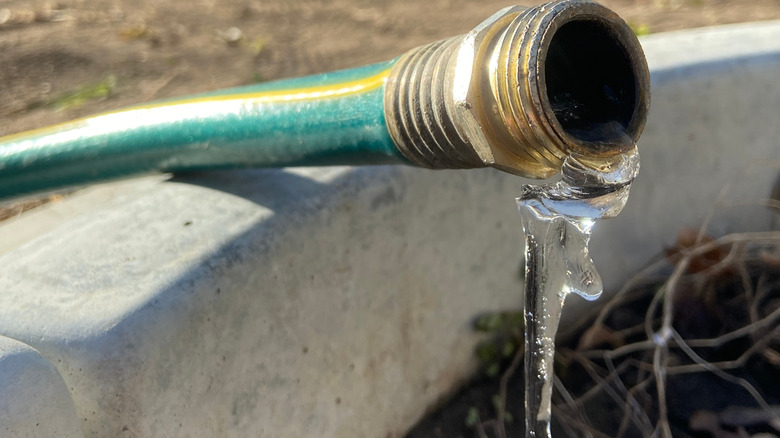5 Tips To Help Keep Your Pipes From Freezing
Just like you would gather your warm clothes, buy heating facilities, and service your thermostat in anticipation of winter, the little elements in your home also need to be guarded. Sidelining them will only create more bills to be paid and an awful lot of work to be done, too! One of these elements includes your plumbing system. According to Williams Comfort Air, plumbers are the most sought-after experts during winter because a lot of homeowners need to repair busted pipes and other plumbing damages caused by the drop in temperature.
You don't want to be on that side of the crowd. Hence, to avoid these costs and stress, you need to prepare for the rainy day, or in this case, those cold and long winter days. To the rescue, we have compiled a set of DIY tips to help you keep your pipes from freezing during the cold season. Enjoy.
1. Use pipe insulations and heat tapes
What is Piping writes that the first thing you want to do to prevent your pipes from freezing is to install some good ol' pipe insulation. Insulation comes in all shapes, sizes, and makes. However, we think your best bet is to stick to foam or rubber insulation. Not only do they cost relatively less — $1.50 to $5.00 per square foot, claims Forbes, but they also keep your pipes heated longer and reduce the energy consumption of your home, per HVAC Seer.
Another form of insulation that can prevent freezing pipes is heat tapes. These are highly recommended for deathly cold areas like attics or basements because they are often out of the range of your heating system (via Powerblanket). Before wrapping the heat tape, inspect the surface of the pipes and wipe thoroughly to clean liquids and other substances. Then gently spiral wrap the heat tape on the pipes covering all the parts and securing them with a clamp or tie.
2. Keep thermostat temperature regulation consistent
Another great tip to use in preventing your pipes from freezing is keeping your home warm at all times. According to ManMadeDIY, the lowest temperature your thermostat should be at is 55 degrees Fahrenheit, and this keeps the pipes always warm and prevents the buildup of pressure. Additionally, place a portable space heater near the unheated pipes, especially on extra cold days. While this is very effective, ensure the heater is positioned a few inches away from the pipes to prevent any electrical accidents or fire outbreaks, writes Forbes.
Peradventure you'll be traveling for a day or two during this season, plan to keep your home and pipes warm when you're away. A sudden drop in the temperature can affect your pipes and get them frozen before you're back. Ask for a bit of help from your neighbor to keep an eye on your thermostat while you're gone. Pro tip: Thaw the little ice that may be trapped in your pipes by using the heated air from your hair dryer.
3. Open kitchen and bathroom cabinets
Your kitchen and bathroom cabinets house some piping connections, and because of their location, it's difficult to get warm air into the space. A good way to keep the pipes warm is to leave the cabinet doors open to circulate heated air into them, per Haller Enterprises. Just like we mentioned earlier, your space heaters can be placed close to them as well for extra warmth. Safety tip: Remove all chemicals and harmful products in cabinets before leaving them open, especially when kids and pets are around, via David Leroy Plumbing.
As a homeowner, you should be aware of the piping connections within your space. For those with water supply lines running through the garage, it's prone to get frozen during the cold season. To save the cost of rerouting your entire water line, a cost-free method we suggest is keeping your garage doors locked. This way, your pipes won't be exposed to intense cold that can easily damage them.
4. Seal pipe leaks
While pipe leaks are relatively easy to maintain in the summer, leaving them unattended in the winter is a recipe for disaster. The openings in the pipe would cause the plumbing system to freeze much more quickly, and you'll have a handful to deal with. Your best bet is to inspect and repair the leaking pipes just before winter sets in.
Wrap tape around or apply some epoxy putty to fix the leak. Mix your epoxy putty by hand for about two minutes, then apply on the leaking surface using a brush. Leave for some time to penetrate and seal the leakage before using, via Sylmasta. Once your pipes are well sealed, you could also try running warm water overnight to circulate more heat, writes The American National Red Cross. Surprisingly, this may be all you need to keep your pipes less prone to getting frozen and damaged during the cold season.
5. Shut down garden hoses
Since most of your plants wouldn't be in bloom anyway, shut down garden hoses, valves, and faucets. This is important because regardless of the material used to make these items, thawing will cause them to expand gradually. And not only will the garden hoses become less effective, but they'll also have cracks and leaks, says Copperhead Plumbing and Heating. However, if you need to use the hose for any activity, Pepper's Home and Garden recommends wrapping a heat cable around it to prevent water trapping and freezing inside.
Your home has at least one shut-off water valve that controls the water supply inside. The valve's location makes it susceptible to trapping cold air and freezing easily, so you should turn it off completely. Check your basement for the valve connection and turn it off by rotating the handle clockwise until it reaches an endpoint, says Plumbing and Drain Cleaning Services. Then you can cover them with an insulated cover, plastic bags, or rags.
